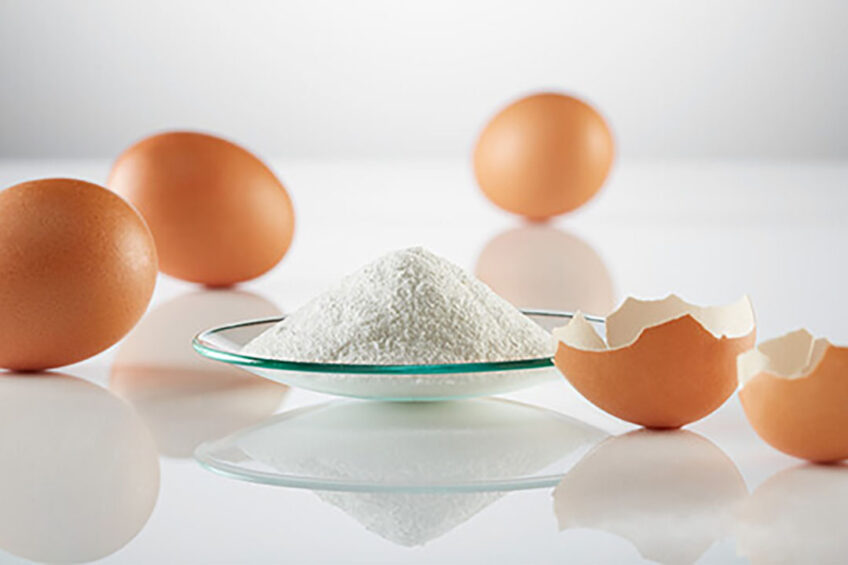Improving broiler gut health by making the most of butyric acid

Regarding the important role of animal nutrition in sustainable and efficient production, there is a particular need for new and advanced dietary strategies to increase the resilience of animals. Establishing and maintaining a healthy gut is crucial for improving welfare and reducing antibiotic use in poultry production.
One of the greatest challenges of modern animal husbandry around the world is the sustainable, efficient improvement of animal welfare. This term refers to a number of factors, including housing climate, behaviour, health, hygiene and feeding. To be successful, the issue has to be approached holistically. For us, this means that we have a mission and a global pioneering role. Our customers can rely on our expertise and commitment.
What’s going on in the gut?
Numerous studies describe the positive effects of butyric acid in particular. However, there is always the question as to the form in which the butyrate should be supplemented. Free butyric acid is metabolised at the beginning of the intestinal tract in the acidic environment of the gizzard and proventricle. The result is a higher concentration of butyric acid in the crop and gizzard, leading to higher proteolytic activity. In the distal part of the gut, butyric acid will strengthen the epithelial barrier, reduce inflammation and limit the invasion of pathogens like E. coli and Salmonella. To utilise the full beneficial potential of butyric acid, it has to reach colon and caecum as well as the small intestine which is why supplemented butyrate is often protected.
Enter prebiotics
Very promising approaches are methods to stimulate the endogenous production of butyrate in the lower part of the intestine. The strategy is to make substrates—known as prebiotics—available to specific micro-organisms, generating conversion products essential for the growth of the digestive system.
Prebiotics are generally carbohydrates like fructo-oligosaccharides. They provide a useful energy source for beneficial bacteria. A different approach is the use of gluconic acid which is structurally related to sorbitol, a slowly fermentable sugar. It is not or hardly absorbed in the small intestine of monogastric animals and thus serves as an energy source for the valuable lactobacilli and bifidobacteria in the hindgut. Due to the microbial fermentation of gluconic acid, lactate and acetate originate as by-products. These are then converted to butyric acid by acid-utilising bacteria in the large intestine and the caecum.
Check out the infovideo on PreAcid
Combination for maximum effect
By combining the prebiotic gluconic acid with matrix protected butyrate, PreAcid 75G takes a two-pronged strategy to improve gut health in broilers. The GlucoFence Complex was specifically developed to provide butyrate with a sustained release in the small intestine and at the same time stimulate the endogenous production of butyric acid in the hindgut. This has practical and economic benefits for the broiler producer and the animal as shown in a scientific broiler trial. The supplementation of PreAcid 75G in broilers (Cobb) challenged with E. coli and S. Enteritidis resulted in significantly increased villus height and improved villus height to crypt depth ratio, showing the benefits of delivering the maximum amount of butyric acid in the gut (Figure 1). Compare this with AGPs and their detrimental effect on the intestinal villi structure. PreAcid’s GlucoFence complex is the ideal combination for maximum effect.
Figure 1 – Villus height and villus height to crypt depth ratio (VH/VD) in the intestine of 42-day-old broilers challenged with E. coli and S. Enteritidis.

* p < 0.05, *** p < 0.001
A healthy gut with an improved epithelial structure will aid in digestion and adsorption, explaining the higher final weight, better feed conversion ratio and improved livability of the challenged broilers (Figure 2).
Figure 2 – Effect of the supplementation of PreAcid on performance parameters of 42-day-old broilers challenged with E. coli and S. Enteritidis.

* p < 0.05
It’s all in the blend
Butyric acid is the essential magic stuff for high-performance healthy broilers. Combining supplemented butyrate with a sustained release pattern in the small intestine and the GlucoFence complex that stimulates endogenous butyrate production in the large intestine, maximises the available butyric acid in the intestinal tract. This means best results in broiler gut health and productivity.
Author: Dr Elisabeth Holl, Senior Technical Sales Manager, Dr. Eckel Animal Nutrition, Germany


